Port of Antwerp-Bruges, partners net $152mln EU funding for CO2 transport project: Air Liquide, Fluxys Belgium, and Port of Antwerp-Bruges have been granted €144.6 million ($152 million) for the construction of shared CO2 transport and export facilities on the Antwerp port platform. The project is the first phase of Antwerp@C, an initiative gathering Air Liquide, BASF, Borealis, ExxonMobil, INEOS, TotalEnergies, Fluxys, and Port of Antwerp-Bruges with the ambition to halve the CO2 emissions in the Antwerp port area by 2030. In this first phase, Air Liquide and BASF will be the launching customers of the export hub through their joint CO2 capture and storage (CCS) project Kairos@C.
Canada’s Port of Prince Rupert activates shore power to reduce ship emissions: The Port of Prince Rupert, on Canada’s Pacific coast north of Vancouver, has expanded the shore power capacity at DP World Prince Rupert’s Fairview Container Terminal, achieving a milestone in its path to emissions reduction. Through a partnership between the Prince Rupert Port Authority (PRPA), DP World, and BC Hydro, new electrical infrastructure has been installed at the terminal’s north berth, and upgrades were made to the south berth. Full commissioning of the shore power system now allows ships at both berths to shut down their main generators and rely on specially equipped dockside power connections while their cargo is being loaded and unloaded. The ability to plug in large container vessels to shore power while at either terminal berth is forecast to reduce carbon emissions by almost 30,000 tons annually, as well as other air emissions related to vessel exhaust, such as nitrogen oxides and particulates, from the local airshed.

Montrose Port to become 1st Scottish port to provide shore power: Montrose Port Authority has partnered with Norwegian company Plug Shore Power Ltd in a 50/50 joint venture to become the first Scottish port to offer shore power to offshore energy vessels. As explained, the partnership will see an initial investment of £1 million into the joint venture which will be named Plug Montrose Ltd. The installation of shore power, which is expected to take around six to twelve months to complete, would see a significant reduction of CO2 at Montrose which will be tracked through Plug’s administration system.
NAVTEK, Oppsense to offer all-electric tug and zero-emission port project in Canada: Toronto-based company Oppsense and Turkish naval design and engineering specialist NAVTEK Naval Technologies have entered a partnership to offer a fully electric tug and zero-emission port project for the Canadian market. According to the companies, the new partnership will enable the Canadian maritime industry of having access to NAVTEK’s holistic approach to the maritime decarbonization concept: the world’s first all-electric tugboat, ZEETUG and a zero-emission electric port project, ZEEPORT.
Port of Québec looking into shore power potential for cruise ships: The Port of Québec has decided to conduct a feasibility study on providing shore power supply for cruise ships. The announcement was made at the International Cruise Forum in Québec City. The study will evaluate project costs, technical feasibility, and its impact on reducing greenhouse gas (GHG) emissions. Talks are underway with suppliers and Hydro-Québec to determine the energy needs such a project would require.
Currently, only 2% of all ports around the world, fewer than 30 in all, are equipped to provide electricity to docked ships. By greenlighting such a project, the Port of Québec would have a significant contribution to the industry’s decarbonization.
Regulations
Norwegian shipping company Stolt–Nielsen Limited has joined the critics of the International Maritime Organization’s (IMO) Carbon Intensity Indicator (CII), which comes into force in January 2023: The company explained why the CII is causing headaches for the chemical tanker segment and may even prove counter-productive when it comes to reducing carbon emissions.
The CII is a yearly measure of overall ship efficiency while in operation. Every ship receives an energy rating based on its efficiency ratio, which measures the distance traveled and speed as well as the intensity of the use of the vessel. Ratings are given on a scale of A to E, whereby D and E ships are considered non-compliant by the IMO and are only allowed to be operational for a short period (three years for D or one year for E), before they must be corrected to a midpoint C rating.
The criticism of the CII has largely been derived from the fact that the rating will be impacted by factors that are out of owners’ control such as adverse weather, voyage distance, port waiting times, and port infrastructure.
Governments
Meyer Turku, Finnish Govt to work on climate-neutral ships with RCL: The Finnish government, represented by the Ministry of Economic Affairs and Employment (MEAE) and Meyer Turku Oy, has signed a deal with the US-based cruise major Royal Caribbean Group on sustainable shipbuilding in Finland.
The parties signed a maritime declaration that lays the groundwork for the creation of a roadmap to produce climate-neutral ships in Finland. The roadmap is part of the maritime industry’s green transition. The declaration also paves the way for strengthening innovation between Meyer Turku, and Royal Caribbean Group including piloting and testing new technologies on Royal Caribbean Group ships. The document also outlines steps for a digital demonstration of a climate-neutral ship as part of the sustainable maritime industry development program of the Ministry of Labor and Economy.
By Maria Bertzeletou, Breakwave Advisors
The opinions expressed herein are the author's and not necessarily those of The Xinde Marine News.
Please Contact Us at:
media@xindemarine.com

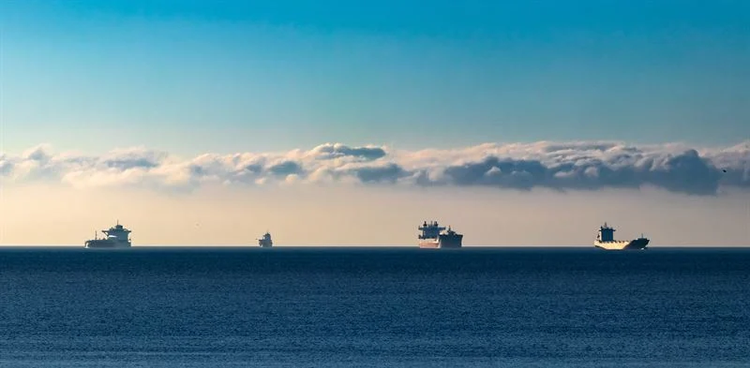
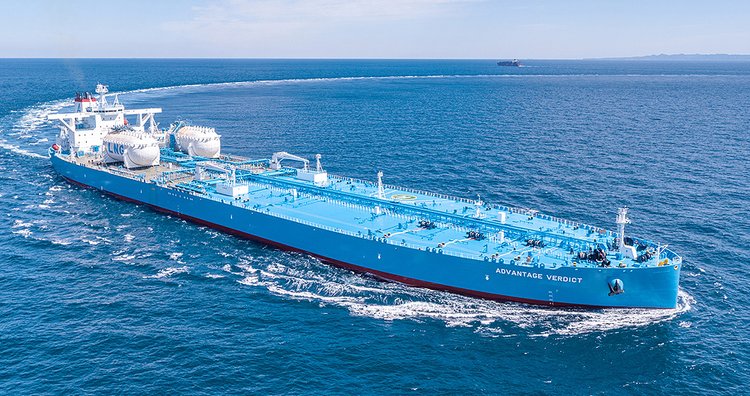
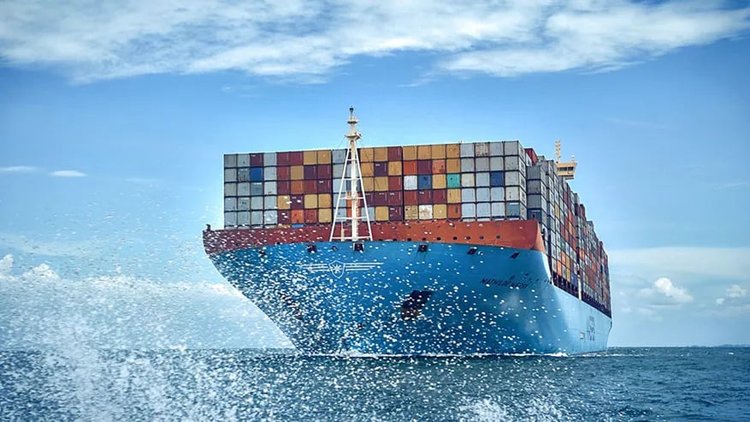
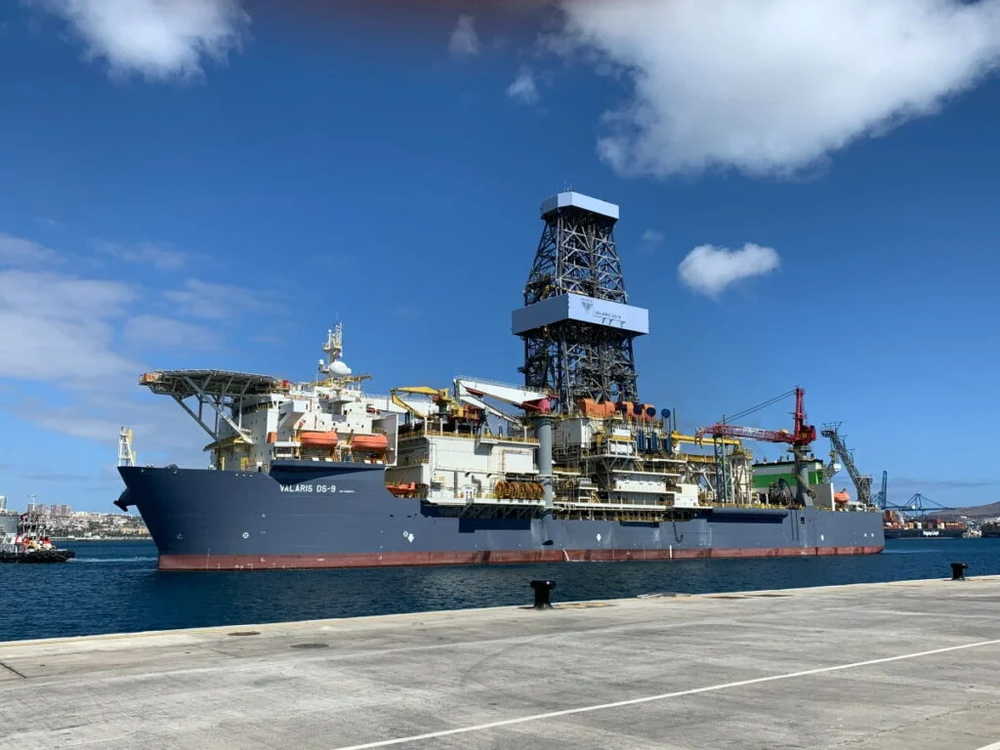
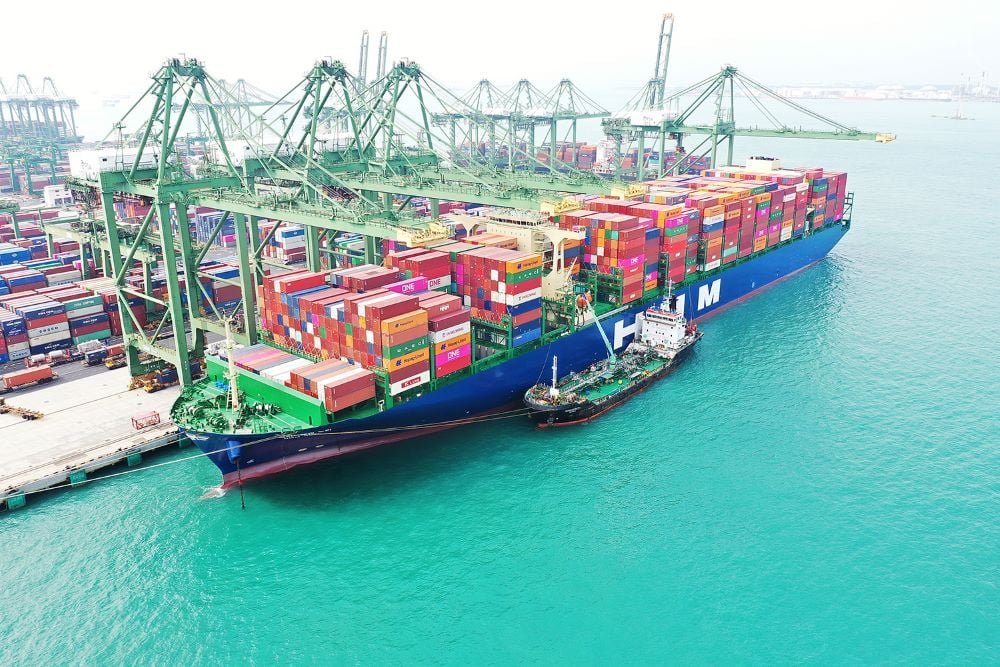
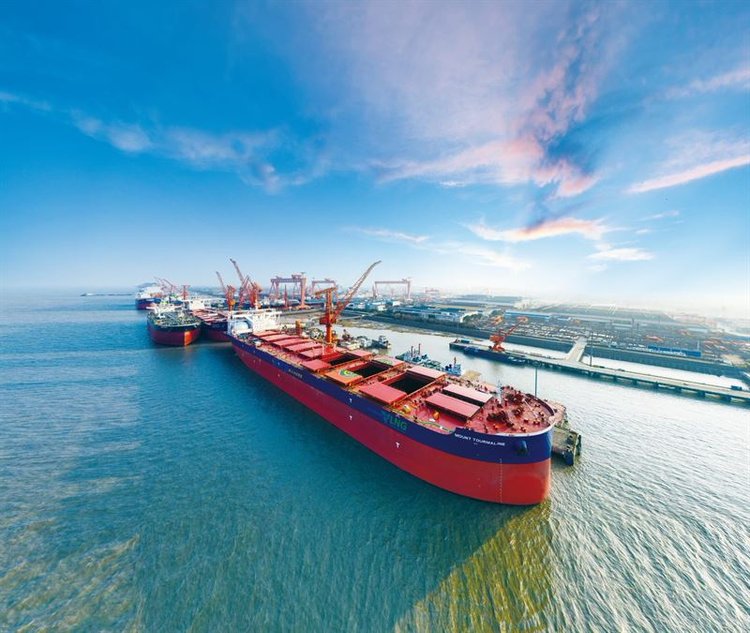
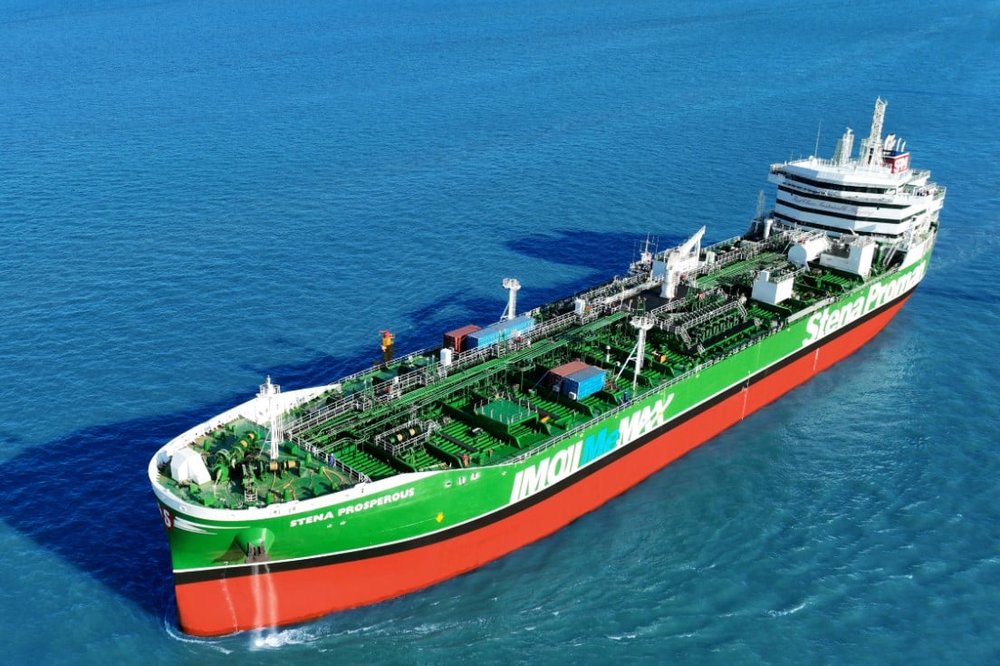
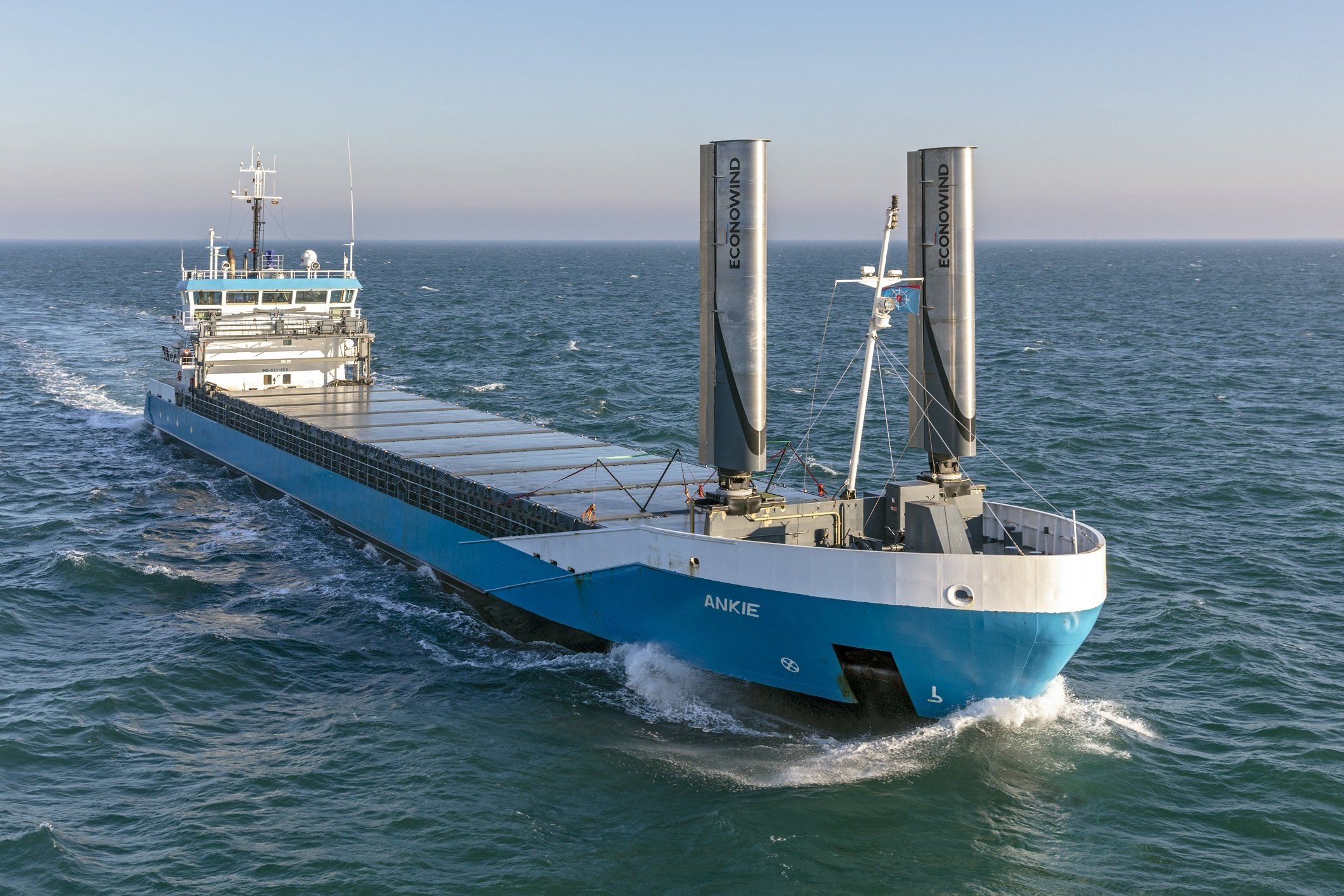
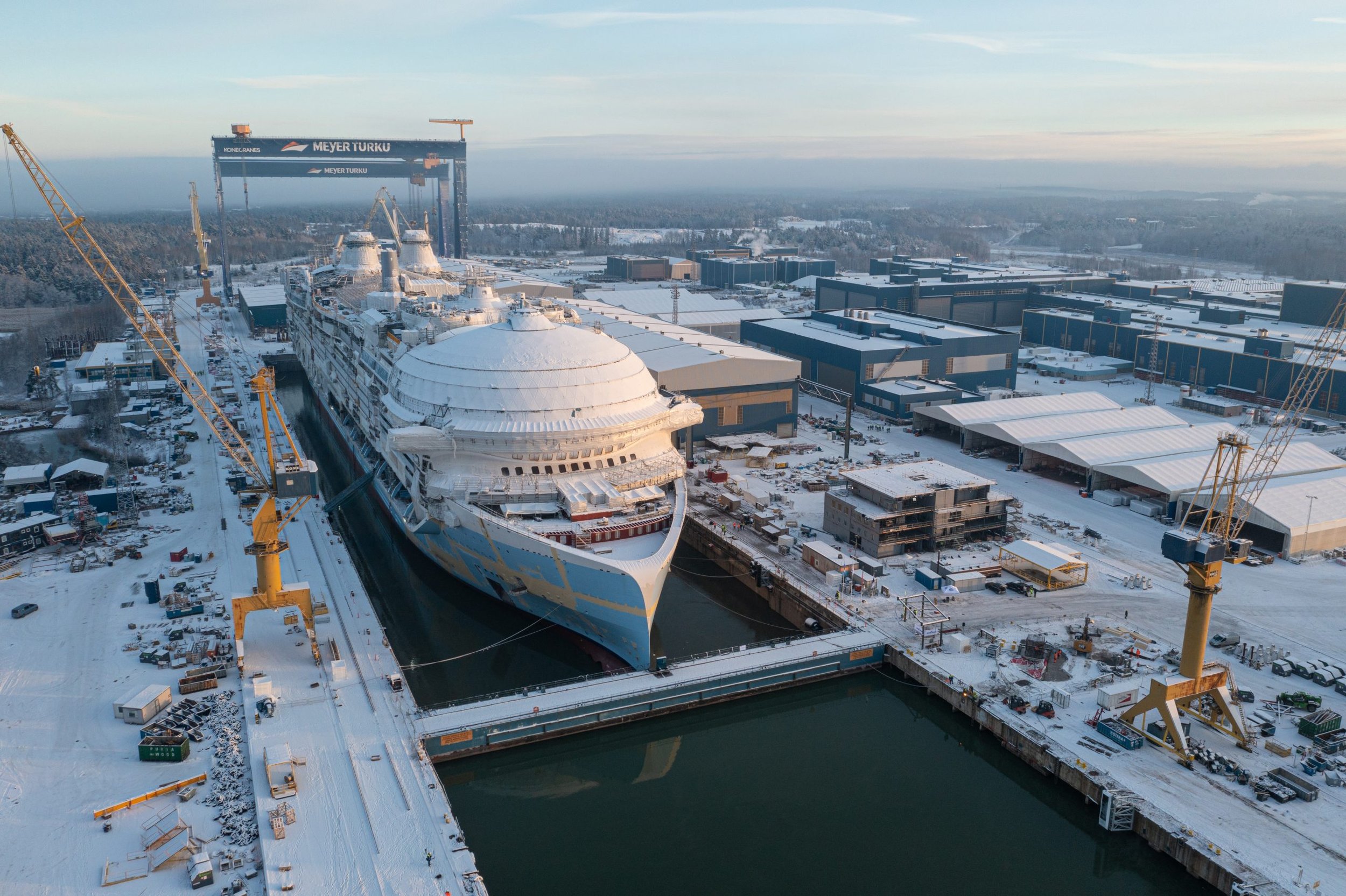
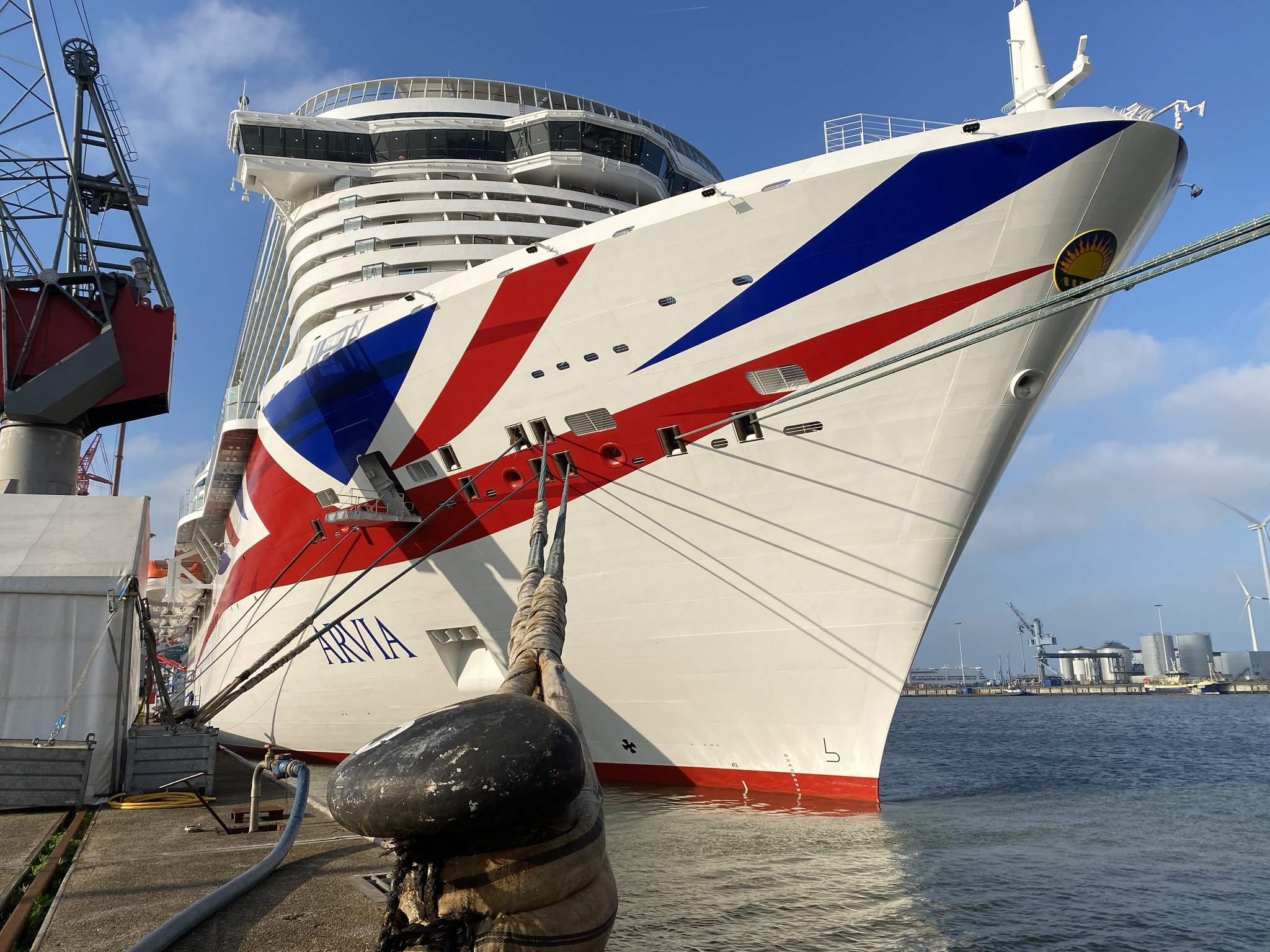
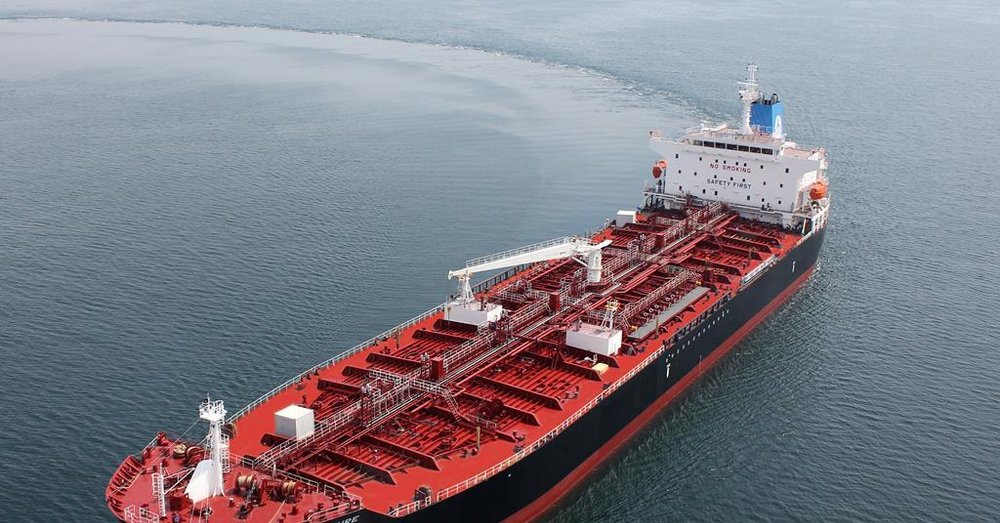
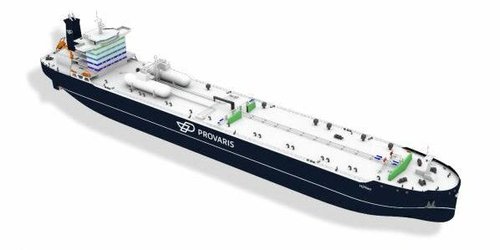

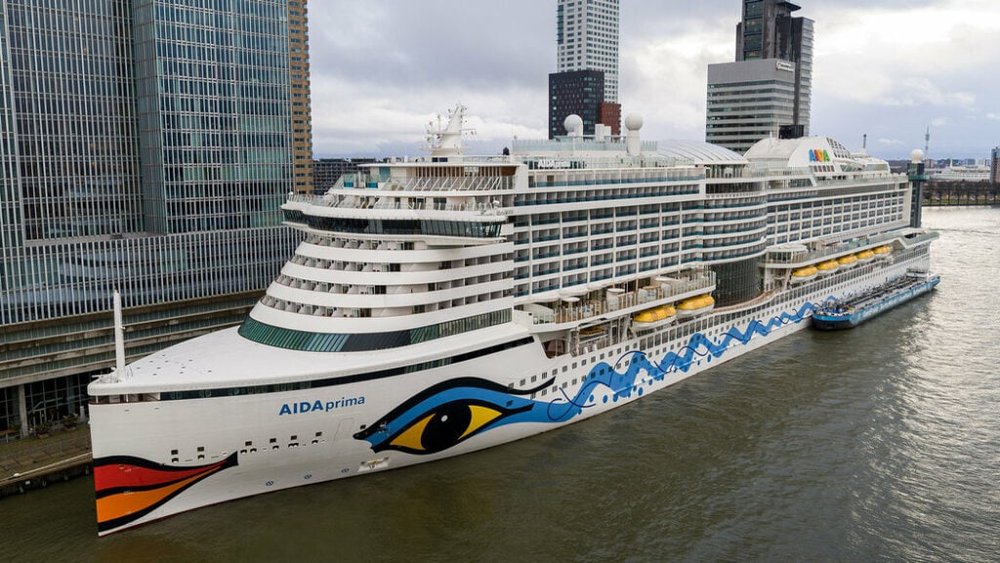
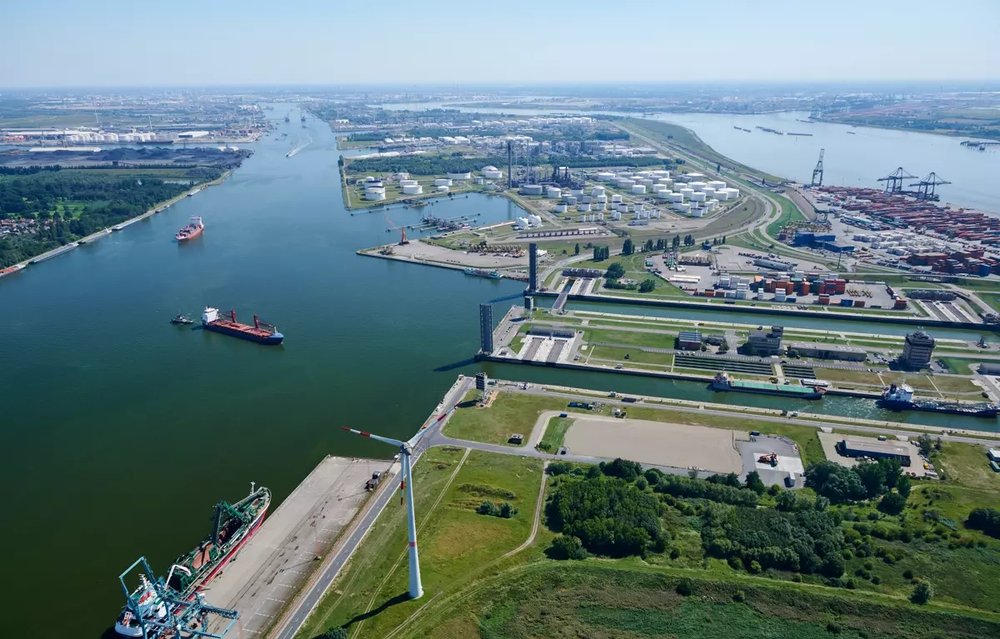

 Ningbo Containerized Freight Index Weekly Commentar
Ningbo Containerized Freight Index Weekly Commentar  Ningbo Containerized Freight Index Weekly Commentar
Ningbo Containerized Freight Index Weekly Commentar  Ningbo Containerized Freight Index Weekly Commentar
Ningbo Containerized Freight Index Weekly Commentar  BIMCO Shipping Number of the Week: Bulker newbuildi
BIMCO Shipping Number of the Week: Bulker newbuildi  Ningbo Containerized Freight Index Weekly Commentar
Ningbo Containerized Freight Index Weekly Commentar  Ningbo Containerized Freight Index Weekly Commentar
Ningbo Containerized Freight Index Weekly Commentar